A guest post by Heidi Wilde.
Those of you who know me know that short fiction is not my strong suit, but it is a goal of mine to really get to the heart of a story and cut out the nonessential fluff. The 55-word story format is new to me so I did some research and found many personal sites and even an article in Family Medicine written in June of 2010 by Dr. Colleen Fogarty, a writer and a family physician. In her article she states “These stories… have been used to teach family medicine faculty development fellows. Writers and readers of 55 word stories gain insight into key moments of the healing arts; the brevity of the pieces adds to both the writing and reading impact.”
The article explains what goes into a good 55-word story and recounts one session of a writing seminar Dr. Fogarty held for other physicians and included the stories they wrote in the 15 minutes she allotted them. The familiarity of the subject matter and story components coupled with seeing their results inspired me to experiment on my own.
The night I found the article I had been called to an emergency C-section. It was one of many I’ve been called to over the years, but after reading that article I thought it would be a perfect story for a first attempt. With any emergency there is stress and anxiety and then enormous relief when you have a good outcome.
Thank You, Baby
“I need help in here!” the nurse called before running back to the patient’s room.
“We’re losing the baby’s heartbeat with each contraction. Is the cord wrapped around his neck?”
Please, baby, be okay. They’re the only words in my mind. Every time.
A cut.
A tug.
Overwhelming anxiety.
A cry.
Relief.
Thank you, baby.
After that article I visited many blogs where people had posted their 55-word stories to see if I could get a feel for the form and rhythm. There were many that affected me, some that I found myself thinking of days later, and some that just made me roll my eyes. I went back to the ones that stuck in my mind to figure out why they had had such an impact and to hopefully be able to learn from them.
Truthfully, the invitation for this post scared me and my initial (knee jerk) response was to decline, especially since I had never heard of this format before. But no improvement will occur without effort and a challenge, so I accepted. I’m very grateful for this opportunity to share what I’ve learned and created. I hope you will be able to take something of value away from my post.
The Storm Caster
I feel the storm’s power surging through me. It’s explosive. I stand arms outstretched while the wind, my
wind, wreaks havoc.
I could tear the trees from the ground; send them crashing into houses nearby. I could…
Then I see my neighbor laughing at me through his window.
Ahh, I remember.
I’m an ordinary man.
Relaxing
I step into the hottub with a contented sigh. Sinking under the water briefly, I wet my hair and face, then
float.
How relaxing!
Slowly, the water thickens. To my horror it seeps into my mouth and eyes, but leaves my nose free.
Minutes pass.
The last thing I feel: two fingers covering my nostrils.
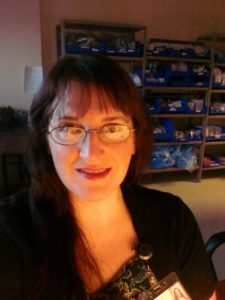 Heidi A. Wilde is a Respiratory Therapist by night and aspiring author by day. She spends her nights dragging people back from the brink of death, but she has dedicated her daylight hours to the pursuit of all things writing. Current projects include a Children’s “How to” Poetry book, a Regency romance series as well as a foray into the realm of Steampunk. She attributes the bulk of what knowledge she can claim to attendance in fabulous programs such as Superstars Writing Seminars, Dave Farland’s workshops and various conventions.
Heidi A. Wilde is a Respiratory Therapist by night and aspiring author by day. She spends her nights dragging people back from the brink of death, but she has dedicated her daylight hours to the pursuit of all things writing. Current projects include a Children’s “How to” Poetry book, a Regency romance series as well as a foray into the realm of Steampunk. She attributes the bulk of what knowledge she can claim to attendance in fabulous programs such as Superstars Writing Seminars, Dave Farland’s workshops and various conventions.

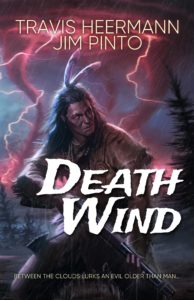
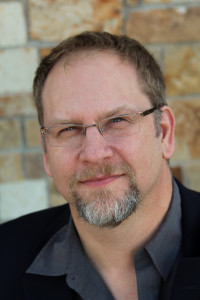
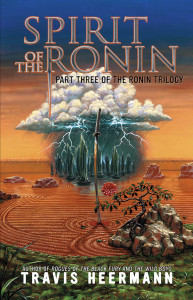
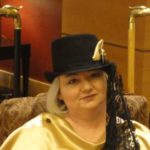
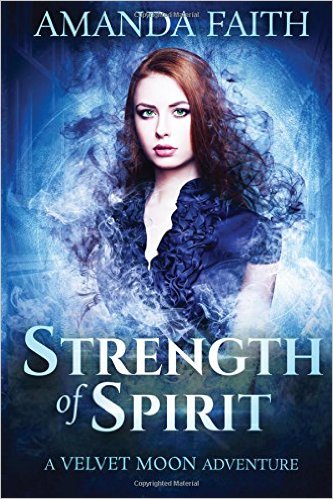 A guest post by Amanda Faith.
A guest post by Amanda Faith.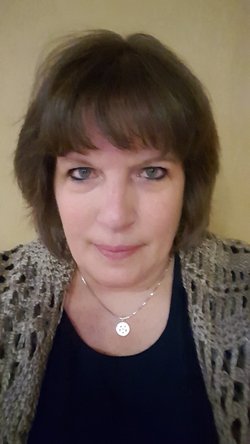 Teaching high school English by day, college English by night, writing, and doing paranormal investigations doesn’t slow her down from having a great time with a plethora of hobbies. Her published credits include short stories, poetry, several journal articles, her doctoral dissertation, and her award-winning book Strength of Spirit. She is a staff writer for The Daily Dragon at Dragon Con and an intern for Kevin J. Anderson and Rebecca Moesta at WordFire Press. She has a Bachelor of Arts in English, a Masters in Education-English, and a Doctorate in Education-Teacher Leadership. Check out her website at www.amandafaith.net.
Teaching high school English by day, college English by night, writing, and doing paranormal investigations doesn’t slow her down from having a great time with a plethora of hobbies. Her published credits include short stories, poetry, several journal articles, her doctoral dissertation, and her award-winning book Strength of Spirit. She is a staff writer for The Daily Dragon at Dragon Con and an intern for Kevin J. Anderson and Rebecca Moesta at WordFire Press. She has a Bachelor of Arts in English, a Masters in Education-English, and a Doctorate in Education-Teacher Leadership. Check out her website at www.amandafaith.net.